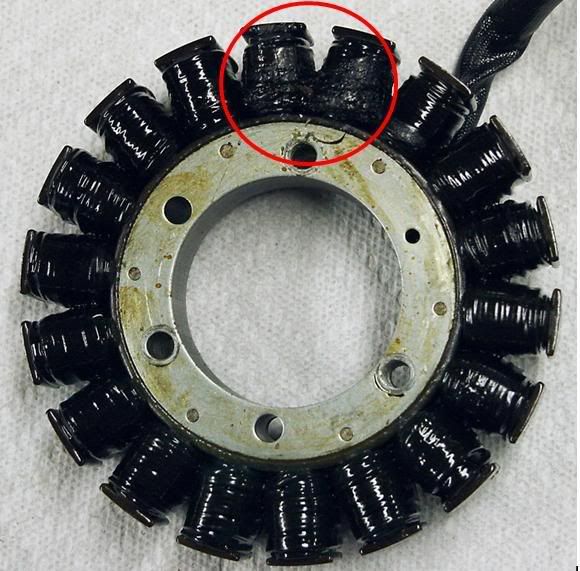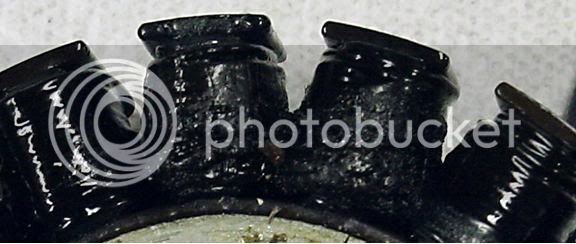My experience running heated gear on a 1st Gen with the stock stator and R/R while observing the Battery Voltage via a dash mounted Datel meter is that you can run two 90W jacket liners and two sets of gloves (whatever the Warm'nSafe glove wattage is) with no problems. The reason is that you use a pulse width modulated solid state controller to regulate the heat on the heated gear and, * assuming you are using it correctly, you never have the jacket liner turned up beyond 1/2 way, and the gloves about 2/3rds of max. My wife is able to turn her gear up higher than me,. but anything above those levels is very uncomfortable (if the gear is being used right)
But... that is with no other big loads on the alternator. Other big loads include heated grips, halogen or incandescent aux lights, etc. I found that the two sets of heated gear and a set of heated grips is just enough load to put the charging system into battery depletion mode. But the good news is, it still doesn't fry the stock stator (unlike certain after-market units). I also had a set of Hella FF50 aux lights for a while that would also send the charging system over the cliff.
Towards the end of my tenure I had a set of LR4 aux lights (4 Cree LEDs in each housing) and those did not push it over the line. The key is having a fairly accurate battery voltage indicator so you know what the alternator is delivering to the battery while you are fiddling with the loads.
* Using heated gear correctly means wearing only a single thin layer (like a LS tee shirt, etc.) between your skin and the heating element. Any added insulation layers should be added on the outside of the heating elements and only serves to make the heaters more efficient. The gloves should be fitted snuggly when purchased. If they don't feel snug, get the next size down. Having the heating elements close to you makes them work a whole lot better at lower power levels.









